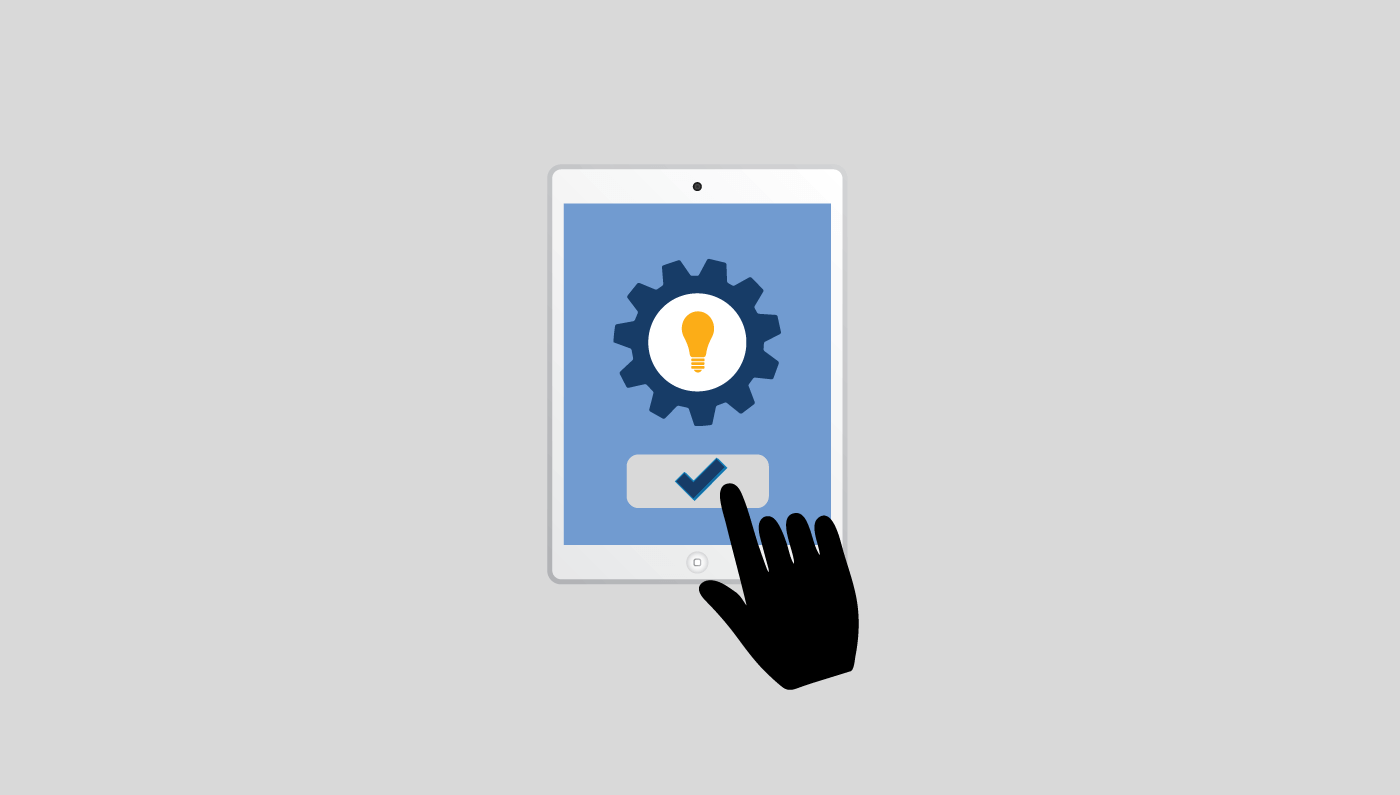Designing a website for a client or rethinking the way a company or an organization displays information online can become commonplace tasks for marketers. But new ideas on usability, from passwords that are easier to remember but harder to crack to websites that track user frustration levels, are poised to change the way designers and developers approach client projects. Here’s a sample of the ideas that could shake up the way websites work in the future:
The pass”word” is on its way out: For years, web developers have enforced complicated and sometimes byzantine regulations on user passwords, all designed with security in mind. But human brains aren’t always the best at remembering strings of random letters and digits, and hacking attacks are growing more sophisticated each year. In response, more and more user experience (UX) designers are pushing for the password to be replaced by the passphrase, a string of real words that is easier for users to remember and harder for computers to crack. Sure, there are drawbacks (typos, for one) but the passphrase may prove to be a more durable solution to the password dilemma our galaxy of user account-based websites has created. [Read more at Smashing Magazine]
Websites have feelings, too: A group of American researchers have developed a system that tracks the way a user moves their mouse cursor while visiting websites, correlating erratic, violent, or slow movements with users who are frustrated or upset. While the idea of websites tracking your emotional state is still in its infancy, it could prove to be a useful analytic for designers trying to figure out if their new navigation system is a help or a hindrance to website visitors. [Read more at The Next Web]
Thumbs up: As more and more web users go mobile, designers should start asking whether their sites are thumb and finger friendly, according to Josh Clark, who wrote a manifesto on mobile browsing best practices. Consider, for example, that 75% of smartphone users in a recent study used their thumbs as their primary means of interacting with their devices, or that most users swipe their fingers inside an arc-shaped zone on the phone’s screen. For anyone designing a mobile site, keeping in mind the typical use patterns of fingers and thumbs could make a real difference in effective usability. And as phones get larger (see the rise of the phablet), the need for thumb-centric design will only grow. [Read more at A List Apart]

